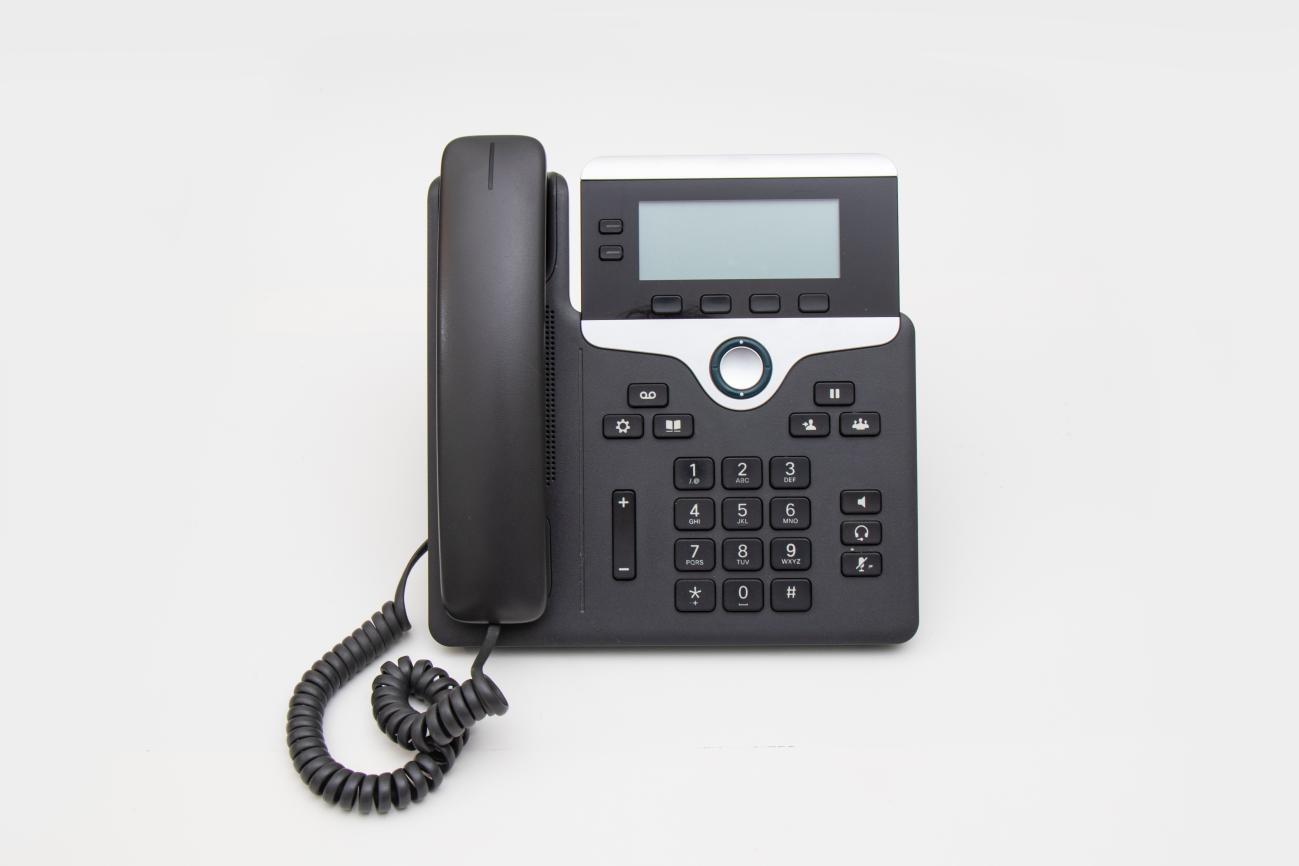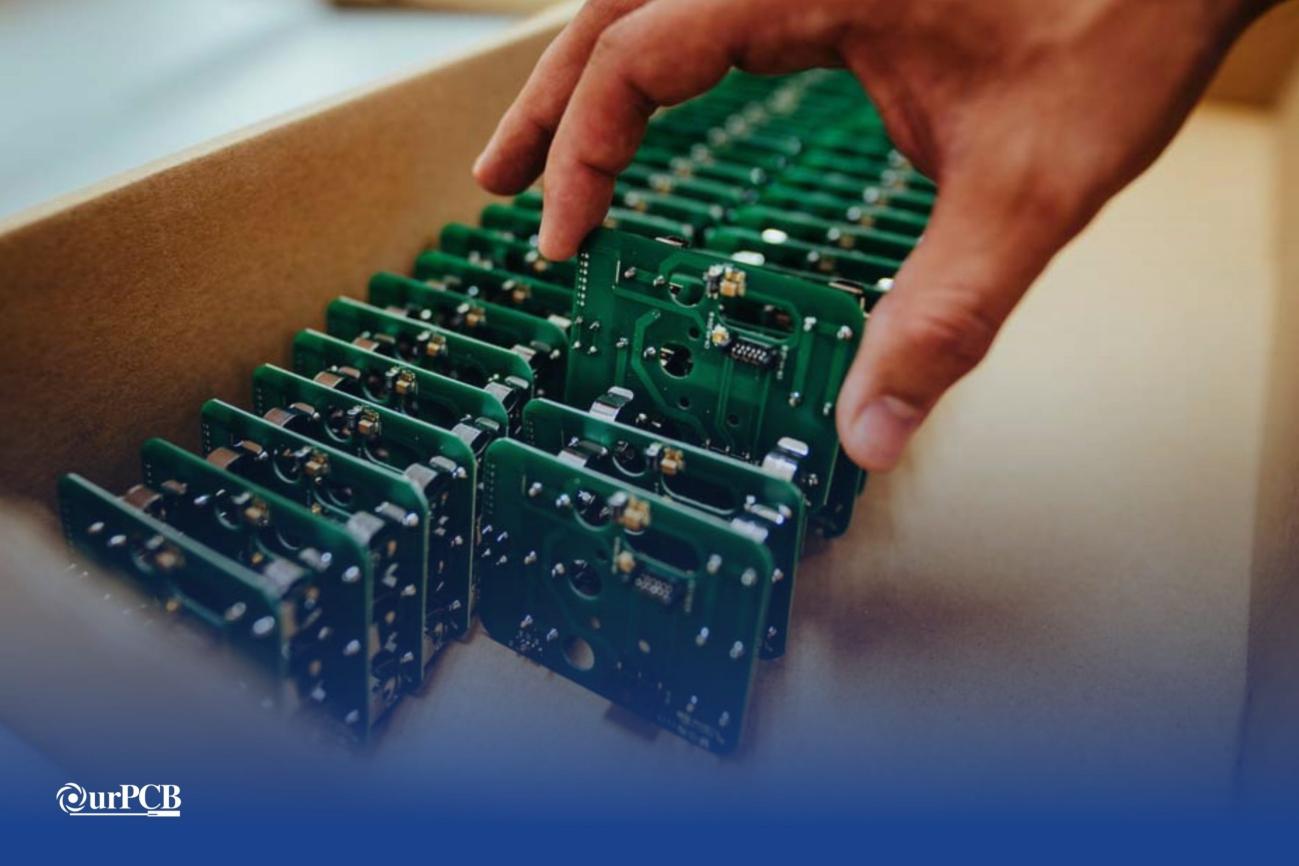VoIP Hardware Design: Optimizing PCBs for IP Phones, Gateways, and Adapters
In today’s fast-paced digital landscape, the demand for seamless communication solutions has propelled Voice over Internet Protocol (VoIP) technology into the spotlight. This innovative method of transmitting voice over the internet not only reduces costs but also enhances audio quality and flexibility.
At the heart of every VoIP device—be it an IP phone, gateway, or adapter—lies a meticulously designed Printed Circuit Board (PCB). This article delves into how PCBs are tailored for VoIP hardware, addressing the unique challenges and considerations that arise during the design process.
Types of VoIP Hardware
Understanding the various types of VoIP hardware is essential for grasping the significance of PCB design in this field. The main categories include:
IP Phones: These are dedicated telephones that use VoIP technology to make calls over the internet. They typically feature built-in microphones, speakers, and displays, and are designed for user-friendly communication.

VoIP Gateways: These devices connect traditional phone systems (PSTN) to VoIP networks. They convert voice signals between analog and digital formats, allowing users to make and receive calls using both technologies.
VoIP Adapters (ATA): Analog Telephone Adapters (ATAs) enable traditional phones to connect to VoIP services. They transform analog signals from a traditional phone into digital data that can be sent over the internet.
Session Border Controllers (SBCs): SBCs protect VoIP networks by managing and securing the traffic between different networks. They ensure quality of service (QoS) and handle call signaling and media streams.
Softphones: Software applications that allow users to make VoIP calls using computers or mobile devices. Softphones require robust PCBs for their underlying hardware components, such as audio interfaces and networking capabilities.
Understanding the Role of PCBs in VoIP Devices
PCBs are integral to electronic devices, providing necessary connections for various components such as processors, memory, and audio interfaces. In VoIP devices, PCBs perform several critical functions:
Signal Processing: They convert analog voice signals into digital data for transmission over the internet, allowing for clear and efficient communication.
Power Management: Effective power management ensures that VoIP devices function optimally, especially those that support Power over Ethernet (PoE).
Connectivity: PCBs facilitate connections to both local and wide area networks, enabling reliable and consistent communication.
Design Considerations for VoIP PCBs
Component Placement and Layout
The placement of components on a PCB significantly impacts performance. In VoIP devices, effective layout strategies are essential:
- Minimizing Trace Lengths: Shorter traces reduce resistance and limit signal degradation, which is crucial for maintaining voice clarity and responsiveness.
- Separating Analog and Digital Circuits: Keeping analog components separate from digital ones minimizes crosstalk, ensuring high audio quality.
Signal Integrity
Maintaining signal integrity is critical in VoIP devices, where audio quality directly affects user experience. Designers must focus on:
- Impedance Matching: Proper impedance ensures that PCB traces do not reflect signals, preventing echoes or dropouts during calls.
- Differential Pairs: Using differential signaling for high-speed data lines enhances noise immunity and reduces electromagnetic interference (EMI).
Thermal Management
VoIP devices, particularly those that operate continuously, generate heat. Effective thermal management is essential to prevent overheating. Strategies include:
- Heat Sinks and Thermal Pads: Integrating heat sinks on high-power components and utilizing thermal pads to dissipate heat helps maintain optimal temperatures.
- Ventilation: Designing enclosures with proper airflow can enhance cooling, ensuring that devices remain within safe operating temperatures.
Power Management
Efficient power management is vital in VoIP device design, especially with PoE. Designers must implement:
- Voltage Regulation: Utilizing voltage regulators capable of handling varying input voltages while providing stable outputs ensures consistent device performance.
- Power Distribution: Careful design of the power distribution network guarantees that all components receive adequate power without causing significant voltage drops.
Challenges in VoIP PCB Design
Designing PCBs for VoIP devices presents several challenges:
Miniaturization
With the trend towards smaller, more compact devices, PCB design must maximize functionality within limited space. Advanced techniques include:
- Multi-layer PCBs: Employing multi-layer designs increases routing density while maintaining a compact footprint, accommodating more components without sacrificing performance.
- BGA (Ball Grid Array) Packages: Using BGA packages allows for a higher density of connections and facilitates efficient heat management.
Cost Efficiency
Balancing performance with cost is a continual challenge in PCB design. Engineers must select materials and components that meet performance criteria while staying within budget constraints. Key strategies include:
- Material Selection: Choosing the right substrate material that offers a balance between performance characteristics and cost-effectiveness.
- Design for Manufacturability (DFM): Implementing DFM principles streamlines assembly processes, reducing labor costs and enhancing production efficiency.
Future Trends in VoIP PCB Design
As technology continues to evolve, new design principles and practices are emerging in the VoIP space. Notable trends include:
- Integration of AI and Machine Learning: Incorporating AI algorithms directly into VoIP devices enables features such as real-time noise cancellation, voice recognition, and even predictive analytics to enhance user experiences.
- Enhanced Security Features: With increasing cyber threats targeting VoIP systems, designing PCBs with built-in security measures, such as hardware encryption and secure boot processes, is becoming more critical.
- Internet of Things (IoT) Integration: As IoT devices proliferate, VoIP systems are expected to integrate seamlessly with smart home and business technologies, requiring PCBs that can support diverse connectivity options and protocols.
Real-World Applications of VoIP Hardware
The design principles discussed above are put into practice in various real-world applications:
- Enterprise IP Phones: Businesses use IP phones equipped with sophisticated PCBs to facilitate clear and reliable internal and external communication, enhancing productivity and collaboration.
- VoIP Gateways: These devices convert traditional telephone signals into digital data, enabling businesses to transition from legacy systems to modern VoIP solutions without significant infrastructure changes.
- Home Communication Systems: VoIP adapters allow users to connect their existing telephones to VoIP services, providing flexibility and cost savings in residential settings.
- Unified Communications: Many organizations are adopting unified communication platforms that integrate voice, video, and messaging. High-performance PCBs in these systems ensure that all forms of communication are seamless and reliable.
Essential Tips for VoIP Hardware Repair
Common VoIP devices, such as IP phones, gateways, and network routers, are prone to issues like connectivity failures, power supply problems, and audio quality degradation. When these problems arise, knowing how to diagnose and repair the hardware can save both time and money.
Diagnosing Common VoIP Hardware Issues
The first step in VoIP hardware repair is identifying the root cause of the issue. Start by inspecting cables and connections to ensure everything is properly plugged in. Next, check the device’s power source; power-related problems are one of the most common reasons for hardware failures. If the device isn’t powering up, testing with a different power adapter or cable can help determine if the problem lies there.
Update Firmware for Better Functionality
Firmware updates are another potential fix. Outdated firmware may lead to compatibility issues or operational bugs, so regularly updating the device can solve many issues. For more complex repairs, like replacing faulty network components or repairing damaged circuit boards, it may be necessary to consult a technician or even send the device back to the manufacturer.
Maximizing VoIP Hardware Lifespan
By understanding these common issues and solutions, users can handle basic VoIP hardware repair, ensuring a smoother communication experience and reducing costly downtime.
Summary
By addressing the unique challenges of VoIP hardware design, engineers are not only creating efficient and effective devices but also shaping the future of communication technology. With ongoing advancements, the potential for improved functionality and user experience in VoIP systems is vast, ensuring that they remain a cornerstone of modern communication.













